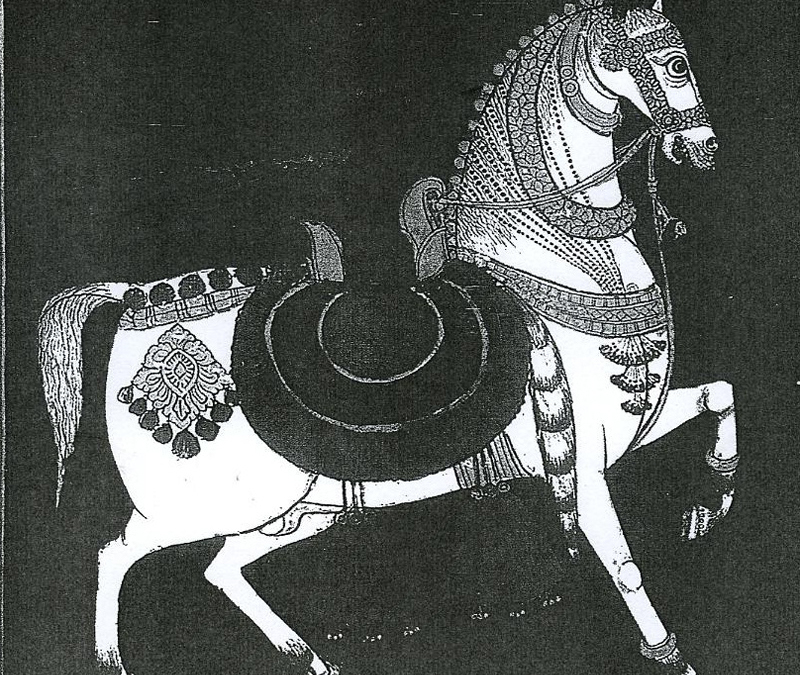
by Craig Stevens | Mar 13, 2015 | Craig Stevens' Blog
Dressage takes study and practice but also it takes a certain way of being with the horse. Practice and study are not enough. Fame and the high regard of peers are not a certainty of good dressage either. So many times the images that we have seen in the media or in the show world have very little to do with good training or with the riding, but much more to do with the breeding. The public, in general, seems unable to discern the difference. Judges who can only rely on superficial appearance have become the authorities, replacing the judgment of the horse itself who has to live with various training systems. Poor and mediocre trainers rose to the top and created a strong influence on training and thinking based on superficial appearance, and in this way many errors in dressage became “correct” in the public’s eye. Appearance is what is sought, if it doesn’t look the way a finished dressage horse should look, it is assumed that the work must be wrong. Poor appearance is not only normal in training horses, but it is to be permitted and allowed as the horse seeks to come to terms with its conformation, soundness issues and the practical demands placed on it by the human-horse relationship. There is no judging standard for this but only the horse’s mental well-being as a guide to correctness. The process of suppling itself, which eventually leads to a superior position, also allows or creates positions which are irregular and beyond the normal range of motion. The guide here is also the emotional well-being of the horse and not...
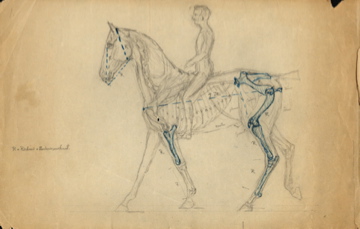
by Craig Stevens | Mar 12, 2015 | Craig Stevens' Blog
It is challenging to attempt to learn dressage. Working with the horse takes the full range of our psychological and physical resources. We instinctively and easily understand dressage in the sense that our fears drive us to extend control over the horse and do whatever is needed to ensure our security and safety on and around the horse, but we must appease not only our instincts but find a way to honor the horse’s sensibilities as well. What follows next is that we may have difficulty expressing ourselves or difficulty understanding the realities of human-horse relationship. Can we find a way to honor the horse’s sense and our instinctive reactions so that we may both find a psychological and a physical equanimity? This is the crux of the issue and it resolution is in understanding the nature of balance. We can not dictate nor can we prescribe balance through our theories. Balance lies in being and cannot be ignored. This balance is not only physical but psychological as well. The horse and rider both must have the confidence to work together in a harmony cradled in loving kindness. This is the psychological balance which when combined with the mechanical realities enables a unity of being to demonstrate itself in the work; the centaur effect. If we cannot find a master in which we can find absolute trust then we work with some degree of doubt until we can locate the true master which is within our primordial being. Even if we are lucky enough to work with the perfect master, doubts may still arise arise. Our belief in our...
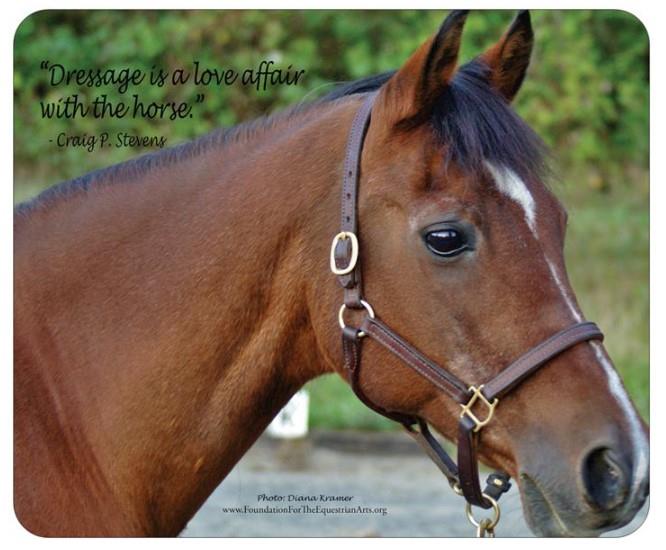
by Craig Stevens | Mar 11, 2015 | Craig Stevens' Blog
You know you can have it if you could only fit it in a box, but confidence is not like that nor is dressage. Boxes are great because they can hold things, but the things which give dressage value, such as confidence just don’t work like that. The subjective side is what makes so many parts of dressage difficult. If the horse was a machine, the boxes we make with our mind would work and what would arise from that certainty is boxed confidence. To fully honor that inner, and subjective, side to things is to find your confidence. It is not just experience which gives confidence but the quality of the experience. Each moment in the work is a test which but belief and passion are not what grades that test. Ignoring the test also does not work. These are two of the three ways that are used to create a sense of confidence. The third way of working with the test is aggression which manifests itself through speed and force. Like the other two ways of working with the experience of working with the horse not only does not pass the test but creates a false confidence. These three are the three poisons to good practice. Combined together, passion, aggression, and ignorance are the demons which give false confidence and the foundation for most of what the horse world uses to prop up the paper tiger of false expertise which is sadly the default setting. False confidence is the number one source of injury to both the horse and the human. Genuine confidence is not found reciting...
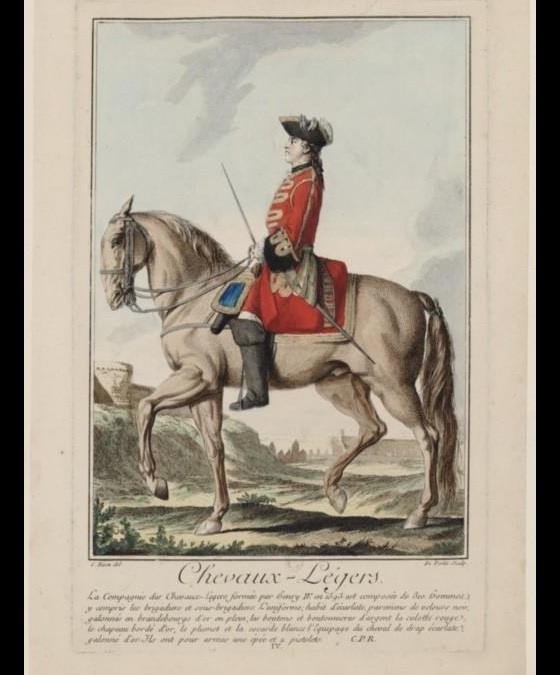
by Craig Stevens | Mar 10, 2015 | Craig Stevens' Blog
I suppose that, what it is really all about is to be able to find confidence in the horse and for the horse to find the same in us. This is the true connection which is the root of dressage. But, how is this to be done unless we first find that confidence in ourselves? This is primordial confidence. Primordial confidence is that which is given freely and does not need an object to exist. This primordial confidence is an ocean of goodness which lives deep in your most tender heart. Confidence is a trusting which is placed properly in ourselves as a horse lover. Here is the outcome of our education and the skills which our daily practice created. Dressage is the outcome of skillful means which has found itself a cradle of loving kindness. It invisibly extends itself, removing any doubt or hesitation. It is important to appreciate that such dressage is a shared state freely given and earned by both the horse and human alike. Is this too high, theoretical or difficult a practice? It may seem so, but if you look closer at the problem, it is really too simple. This is a clear statement of one of those basics which people always talk about but never seem to get around to learning. Ever loving and kind is how the link between the horse and rider are forged. This is the simple statement of the foundation for linking which is the core of the centaur effect. Linking is not a trick, but a simple practice which leads to great dressage. Discover the power of this magic...
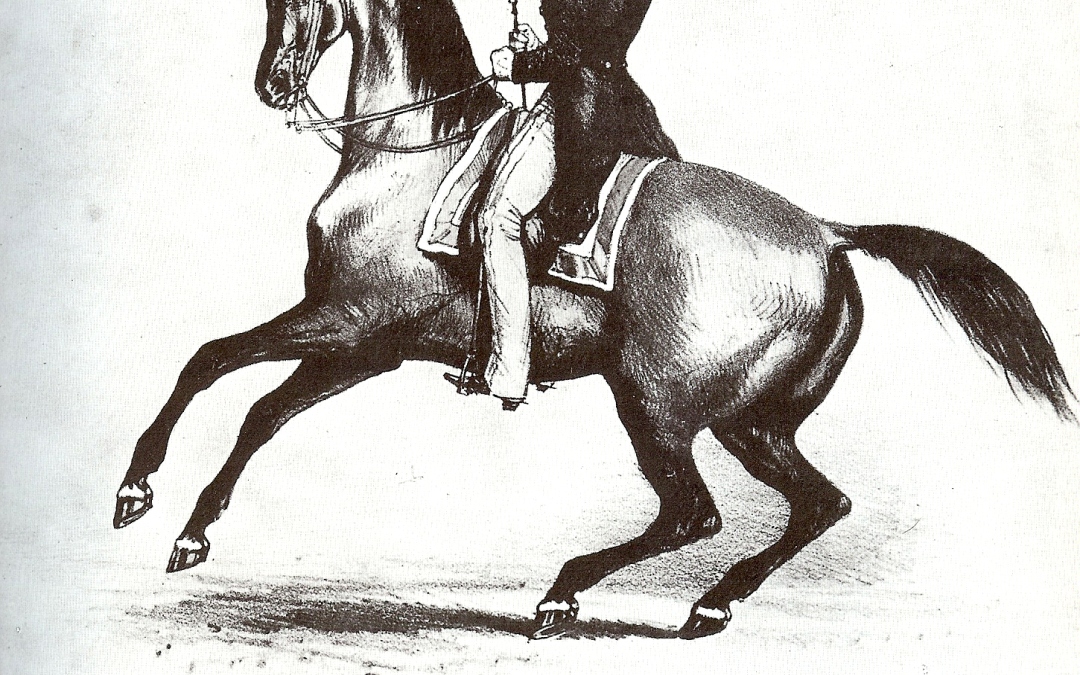
by Craig Stevens | Mar 9, 2015 | Craig Stevens' Blog
For dressage to be the art it is intended to be, the synchronization of the mind and body is not a “theoretical” nicety but must be a practical functional consideration. To consider this a simple matter of seat training is to only get half of the picture. A disciplined mind must be able to freely mix with an aligned physical form. Far too little time is devoted to the psychological aspect of the training of the horse and rider largely because it was the natural outcome of riding horse after horse in the course of the daily work. Even more time is wasted in hours of cultivating muscle strength in the horse. In modern riding, there are very few people that have the luxury of riding 10 or more horses in a day, day in and day out and so the average horse owner with only one or two horses must find a way forward which expands the awareness making the rider more mindful and aware of the energy exchange which occurs in training the horse. The is such great joy and value in this mindful work and in the increase in awareness in the relationship with the horse that one can only feel sorry for those who limit their activities to competitive pursuits or simply pleasure riding and yet the modern and popular ways of working the horse totally misses the point. Need I cite the value of kindness or lightness? I think not because they flow automatically from those who take the time to really get to know the horse. Those who know this path love with...







Recent Comments